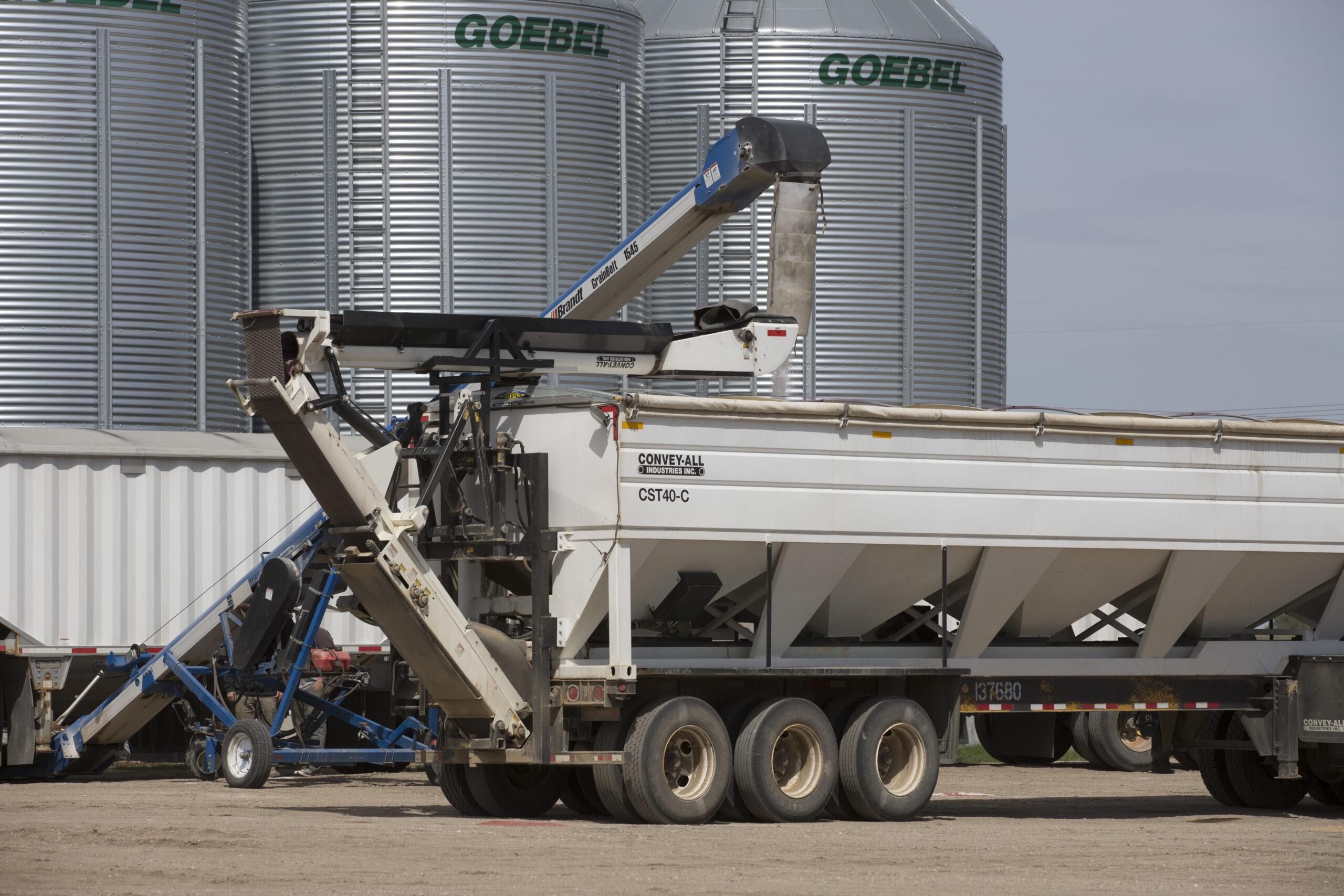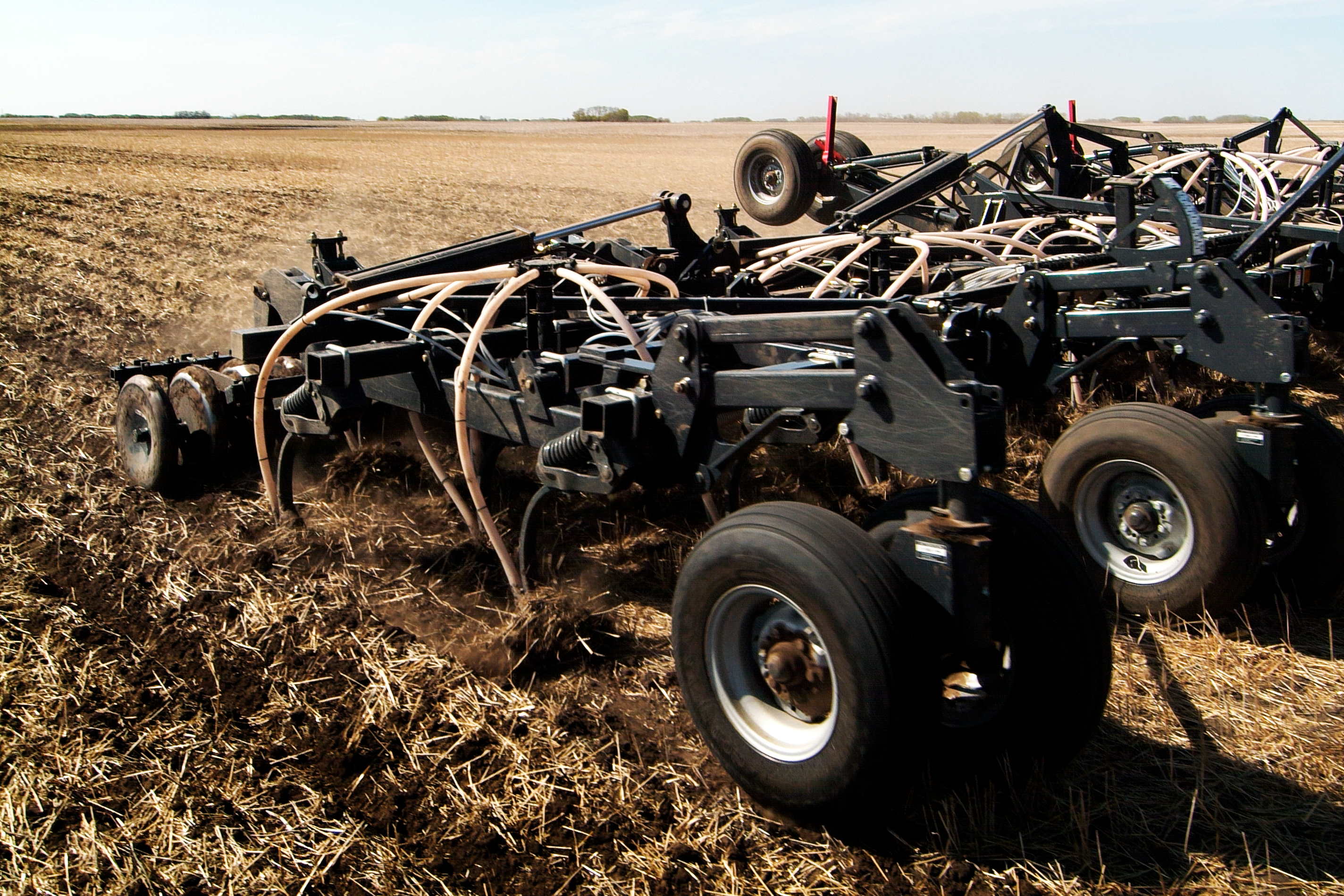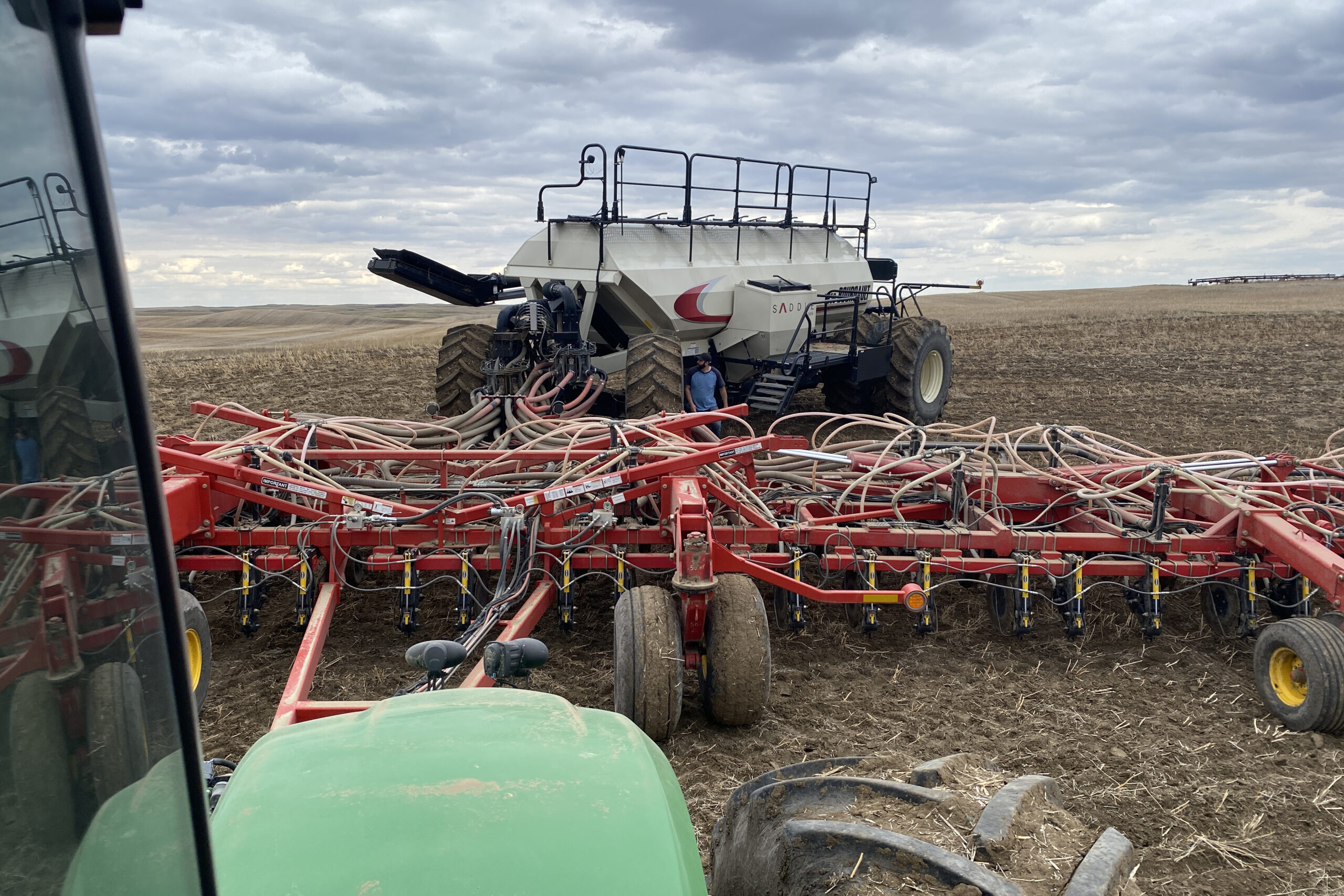By Jon Driedger, LeftField Commodity Research
February 2023
The current August to July crop year is only at the halfway point and 2023 seeding is still a few months away. Even so, markets are already starting to focus on the upcoming season. There is more old crop business to be done, but current trends provide a pretty good picture of where the various balance sheets will end up going into the next harvest. While many farmers may still have some inventory left to market, more attention is directed toward strategies for the next crop.
In this sense, the second half of winter is a transition period, where both the supply and demand balance through the final months of the crop year, and the anticipation of what the next cycle will look like, impact the market. Many factors will cause seeded area, yield, and demand to look different than projections made today, but the price signals from both the old crop and new crop windows provide a starting point to work from.
Pea
Supplies are Comfortable & Could Translate into Lower Plantings
Pea exports will rebound in 2022/23 from the previous season when severe drought significantly crimped volumes. However, total shipments may end up being a bit disappointing, perhaps as much as 40% below the average for the years before 2021/22. Prices are still high from a historical perspective, even if well off the earlier peaks, and stocks will not be excessive going into harvest. Supplies also will not be especially short, however, which may result in local prices struggling to gain much upside traction. This is particularly the case for yellow peas, with the green market being a bit tighter.
One “swing” factor to watch in the coming months is Chinese demand. Their imports from Canada have been essentially cut in half from earlier years as they have bought primarily for fractionation, with only limited amounts for feed. While uncertain, there may be a point where rising soymeal prices provide a bump in their pea demand for feeding. This likely would not drive Canadian prices higher, but it could give a bump to export movement.
Because pea supplies will be comfortable going into next season, the market has not been sending a signal for farmers to increase seeded area. This means Canadian pea acres will likely decline in 2023, particularly for yellow peas. Assuming an average yield, pea production would drop, which leaves the potential to tighten up stocks by the end of 2023/24. Whether or not this is friendly to prices in the long term depends on a few factors, including the size of the crop in other exporting countries and if Chinese purchases remain stuck at their recent lower levels, or possibly rebound to what they have bought in the past.
Canadian Pea Seeded Area

Lentil
Good Export Demand Tightens Stocks & Supports Acreage
Lentil exports have been robust through the first half of 2022/23, which will draw stocks down to tight levels. Red lentil prices have largely been trending sideways, with the market perhaps anticipating the larger Australian crop and higher production in India. Green lentil prices have been strong, pointing to relatively tighter stocks overall. This helps set the tone for what might be anticipated next season.
Total Canadian lentil acres may stay roughly flat in 2023. On the one hand, this may not seem to reflect the tight supply situation going into the next harvest, but the area would still be on the upper end of what we have seen historically, aside from the big spike in 2016. If farmers respond to current market signals, red lentil acres may be down a bit while green lentil area could increase. Export movement should remain steady next season and will be driven by crop sizes in other key countries. That could reflect a price-supporting “demand pull” or a need for Canadian values to compete more aggressively. There is little room for any yield threats because stocks will be tight going into harvest.
Canadian Lentil Seeded Area

Chickpea
Strong Market Will Encourage Bigger Acres
Chickpeas exports and prices have been a bright spot in Canadian markets, responding to tight global supplies. This means stocks will get drawn down to minimal levels going into next fall. Farmers are anticipated to respond with bigger acres in 2023, by perhaps as much as 40%. While this is a big leap in percentage terms, it would still leave Prairie plantings at a level that is not unusually large historically. Canada is not a particularly big producer globally, making it easier to absorb a year-over-year increase in crop size.
Because global chickpea supplies are short, long-term price direction will be particularly sensitive to growing conditions in the key exporting countries. There are threats to the Mexican crop, although this may be partially offset by an increase in India. Dry conditions through a good portion of Western Canada puts great importance on adequate and timely rain. There could be some downside from current lofty values if the weather cooperates, but that is far from assured at this early stage.
Canadian Chickpea Seeded Area

Jonathan Driedger is Vice President with LeftField Commodity Research. He can be reached at jon@leftfieldcr.com.



